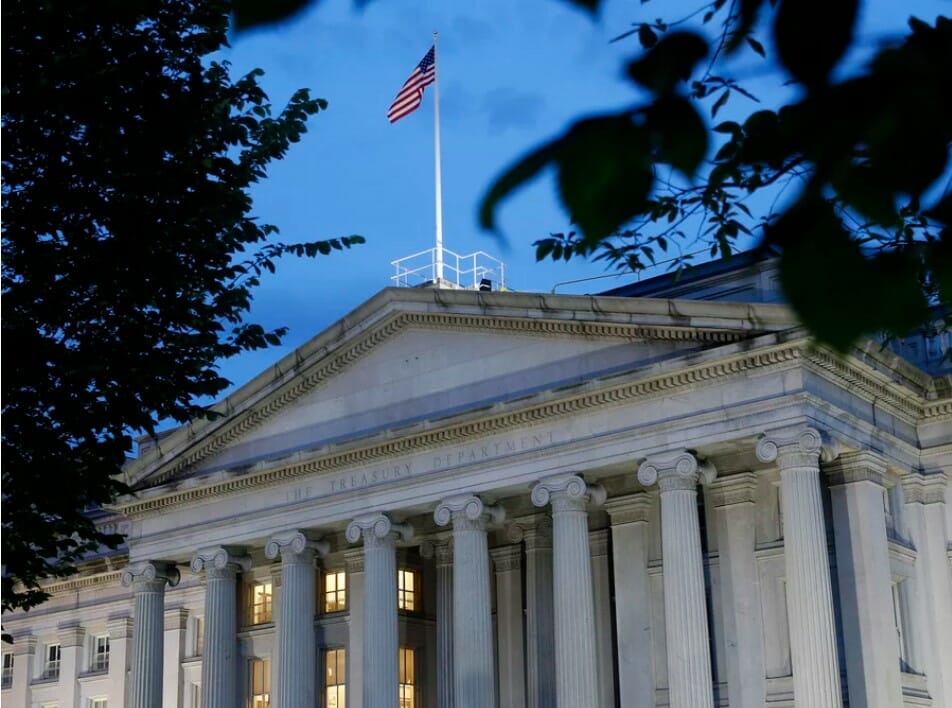KUALA LUMPUR (July 5): According to OCBC Treasury Research, Brent crude oil might hit US$80 per barrel by the end of July assuming August output remains unchanged from July. “We estimate the aim of US$80 per barrel to be fulfilled possibly only towards the end of 2021 if output increases as planned,” chief economist Howie Lee wrote in a report released today.
The Organization of Petroleum Exporting Countries (OPEC) and its allies, known as OPEC+, failed to reach an agreement on Friday. OPEC+ intended to add 400 thousand barrels per day (kbpd) of supply to its existing output from August to December, but the United Arab Emirates (UAE) opposed the move.
This was because, in October 2018, OPEC+ set the UAE’s production baseline at 3.2 million barrels per day (mbpd), but the UAE wants to review and upgrade its baseline from 3.2 mbpd to possibly as high as 3.8 mbpd, implying that any increase in OPEC+ output would result in the UAE having a larger share.
According to Lee, the planned OPEC+ increase meant that either other OPEC+ members would have to assign their quotas to the UAE if the bloc sticks to their 400 kbpd production increase, or the bloc would have to boost overall output to meet the UAE’s requests.
“Failing that, and assuming the UAE does not back down, the proposal to increase output further starting in August is unlikely to materialize, and August’s output will be the same as July’s,” he said.
The worst-case scenario for the OPEC+ meeting, he added, is that the UAE fully dissents, deciding to produce the amount it considers fair to them, prompting other members to follow suit, effectively sabotaging the current supply curbs.
However, he pointed out that oil demand is significantly stronger than it was a year ago, implying that a return to last year’s March/April levels is unlikely.
“However, in this case, we won’t rule out Brent falling below US$50, a 35 percent drop from present levels,” he said.
Lee believes the possibilities of an oil crash are modest, but they are higher than they appear on the surface.
“On the surface, the risk to prices is weighted to the upside this time, because the UAE opposes a rise in output, but we won’t draw the line there just yet.” If the UAE’s proposal to boost its base output is approved, there’s a good chance that other OPEC+ members would follow suit. In subsequent summits, the pressure to revise production throughout the bloc may intensify,” he warned.
According to a separate study by Swissquote Bank senior analyst Ipek Ozkardeskaya, if OPEC+ fails to reach a solution and the cartel’s crisis intensifies, oil prices will tumble drastically.
“A dramatic, fundamental change in the supply side of the game might cause a serious drop in the price of a barrel, pushing it to the US$50/55 level.”
Furthermore, the Saudi-UAE feud is more dangerous than the OPEC-Russia spat, because we are now dealing with a fight within the cartel itself. Of course, the collapse of OPEC is hardly the worst-case scenario, as everyone stands to lose a lot in such a situation — the lone sheep is always in danger of the wolf.”
If Saudi convinces the UAE to follow the prolongation of a lower-supply regime through the end of next year, he predicts a rise to the US$80 mark.
In the event of an agreement, could we see a rise to $100 per barrel? “Hardly, or hardly sustainable,” Ozkardeskaya added, “since higher oil prices are not beneficial for the economic recovery, as a too quick rise in energy costs would stifle global demand.” Furthermore, if oil prices continue to rise at their current rate, inflation in the United States, which already reached 5% in May, will pose a further threat to the US Federal Reserve’s ultra-accommodative monetary policy and would be a second hit on businesses. “Thus, the upside potential in oil remains limited in both cases, yet the latest frictions between Saudi Arabia and the United Arab Emirates increased the risk of seeing a sizable downturn.”
At the time of writing, West Texas Intermediate crude oil was trading in the US$75.45 level on the New York Mercantile Exchange./n





